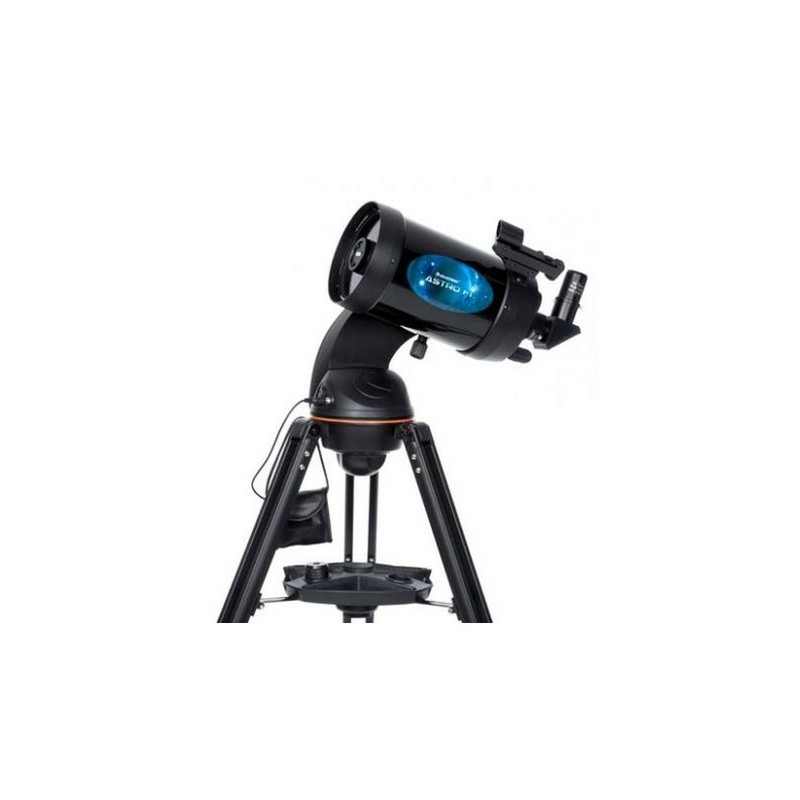Trivial mistakes, easy solutions
You are going to use or turn on an instrument and it does not work, oh horror !!! What's going on? Is it really faulty?

At Raig we offer the client a wide variety of scientific instruments, from initiation to purely professional use. The daily contact with clients shows us many days that certain trivialities are still little assumed.
The first thing we should all do before releasing an instrument is to read the instruction manual. This first step, which we understand is sometimes cumbersome and unpleasant, usually resolves countless trivial errors. The truth is that none of us is born taught or with an instruction manual under our arms, and we need to acquire that knowledge if we want to take full advantage of that resource that we have just bought.
The second thing to do is to think before using. Think about what you are going to use the instrument for, what it is for and how you are going to start it. This step is very important and requires calm, without anxiety. If we overcome these two points, we already have a lot of won.
One of the most important errors when starting up the (digital) instruments is related to the power supply, be they batteries, batteries or connection to the current.
Although the instrument has batteries included, we must check:
- Battery status (charged)
- Status of the (charged) batteries
- Check if they have any plastic or protection to prevent wear and then remove it
- Correct ignition and communication procedure (in sensors)
We have passed the first start-up step, we installed the equipment and we are ready to use it. Then we find something that prevents us from functioning or we do not have the result we wanted. What's going on?
Here we find a large number of "dumb" errors and easy solutions:
In optics, a very obvious, common and understandable error is to start using the binocular, ground telescope, microscope, etc ... without having removed the covers of the eyepieces or objectives, if you do not worry, it has happened to all of us.
In meteorology the most common errors come from the installation of the instruments. For example, the installation of temperature sensors in full sun, the correct orientation of the weather vane (always to the north) or the radiation sensor (always to the south), an obstacle near the rain gauge, etc.
In astronomical observation, these novel errors tend to be errors in the mounting or orientation of the telescope. Perhaps the main mistake to assume is that we can only observe the part of the sky that we have visible. It is a no-brainer, but we must always keep it in mind.
Finally there is always the option that a certain product does not really work well. For this reason the products have a manufacturing guarantee.
Faced with this problem, it is recommended to handle the instrument as little as possible, return it to the store and take advantage of the product guarantee to return it to the factory or technical service. In most cases, the manipulation of the product loses the guarantee. In instruments such as optical instruments, any internal manipulation of the lenses alters the product and this will be out of warranty.







Opinions of our clients
Receive our news